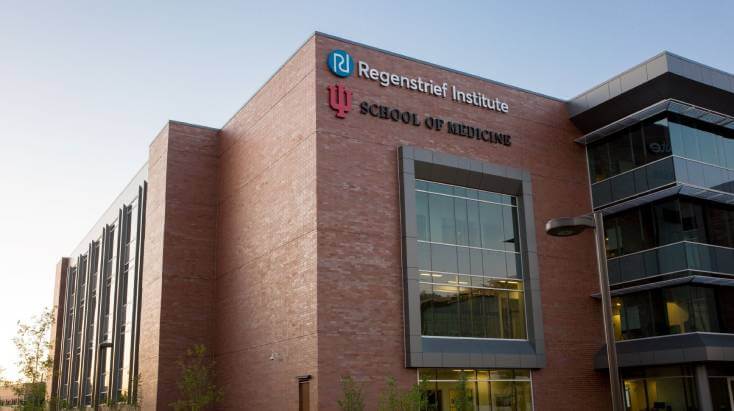Published in the Journal of the American Society of Nephrology. Here is a link to the article.
Regenstrief Institute authors: Adam S. Wilk, PhD, Kelsey Drewry, PhD, MA
The 21st Century Cures Act expanded Medicare Advantage (MA) eligibility to nearly all kidney failure patients in 2021, prompting increased MA enrollment, particularly among underserved groups. This study examined whether this shift affected transplant waitlisting rates, using data from 336,499 U.S. patients aged 65–80 who began dialysis between 2015–2020 and had not previously received a transplant.
While MA enrollment rose from 33.2% to 47.4%—surpassing traditional Medicare by late 2020—the 1-year transplant waitlisting rate remained lower for MA (1.9%) than traditional Medicare (2.5%). Notably, this disparity persisted despite higher MA uptake among racially and ethnically minoritized patients. Adjusted analyses showed that MA enrollees had an 18% lower hazard of being waitlisted within a year (subhazard ratio [sHR], 0.82), even after accounting for demographics, comorbidities and socioeconomic status.
The disparity was even greater among dual-eligible patients (sHR, 0.48), those in socially vulnerable counties (sHR, 0.69) and rural residents (sHR, 0.75). Possible causes include MA plan restrictions—like narrow networks and prior authorization—that may limit access to transplant centers and specialized care. Despite some benefits such as care coordination and transportation support, MA plan structures may inadvertently worsen transplant inequities.
The study’s design limits causal claims and doesn’t account for insurance changes after dialysis begins. Further research is recommended, especially for younger patients and those who switch insurance types. Policy reforms to ensure adequate MA network coverage and facilitate transitions between insurance types may help promote equitable transplant access.
Authors:
Affiliations:
1Division of Transplantation, Department of Surgery and Perioperative Care, Dell Medical School at the University of Texas at Austin, Austin, Texas.
2Biomedical Data Sciences Hub, Dell Medical School at the University of Texas at Austin, Austin, Texas.
3Division of Transplantation, Department of Surgery, Indiana University School of Medicine, Indianapolis, Indiana.
4Regenstrief Institute, Indianapolis, Indiana.
5Department of Health Law, Policy, and Management, Boston University School of Public Health, Boston, Massachusetts.








